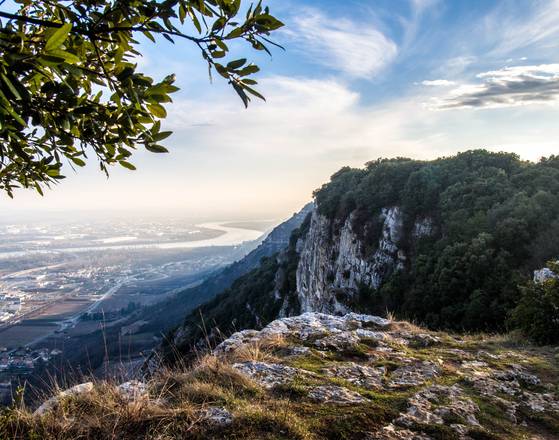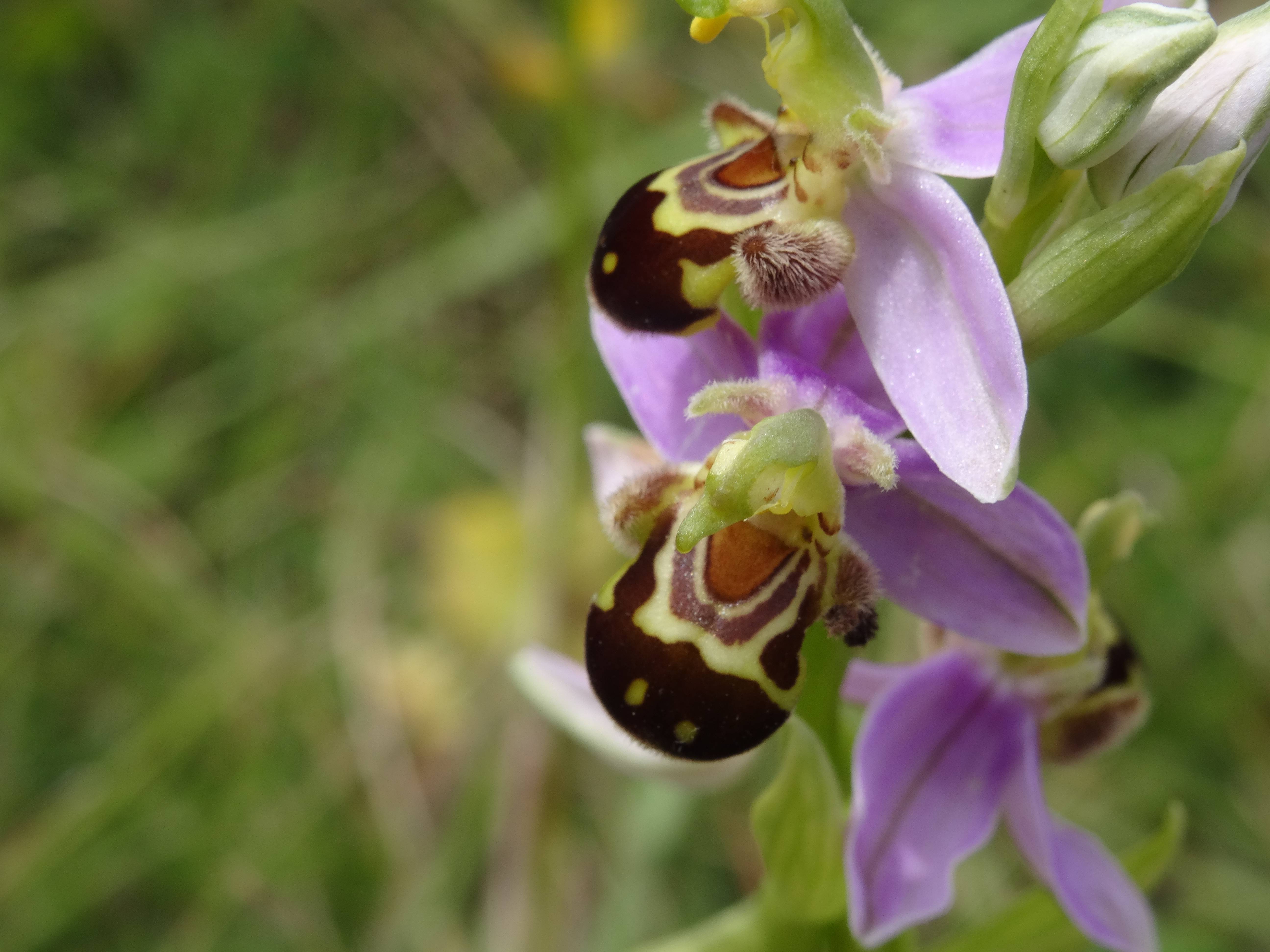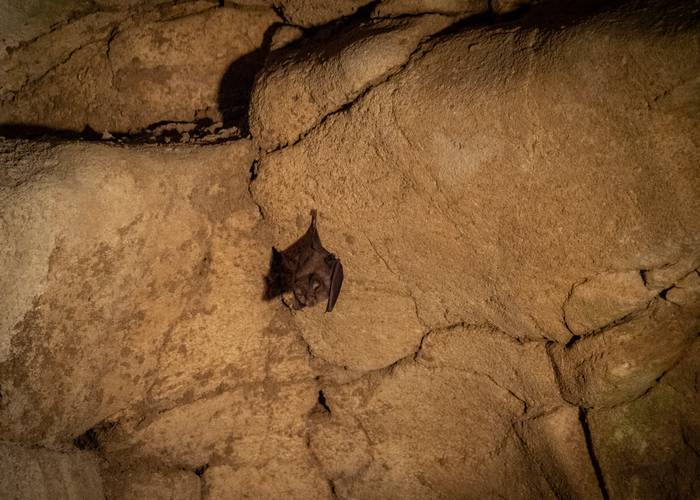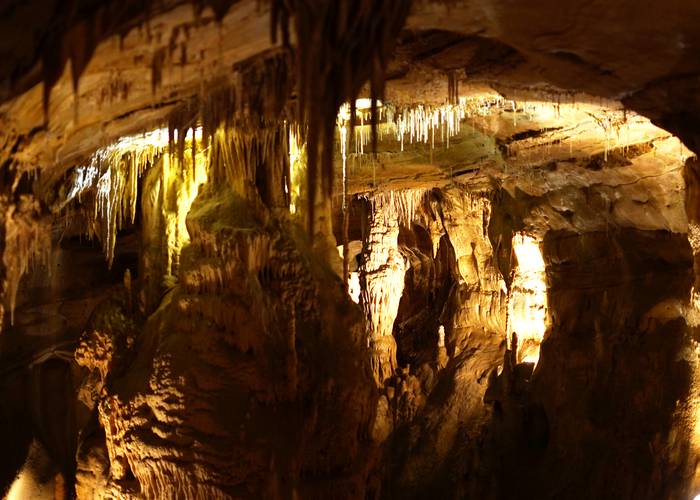Natural Massifs

The ability of the limestone soil in the Châteaubourg, Crussol and Soyons mountains to store heat, along with the site’s climate, have enabled a large number of Mediterranean plant and animal species to thrive; making this region important as a biodiversity reservoir.
Botanical heritage
Resulting from the combination of climatic and geological conditions, as well as traditional farming practices (pasturing, scything, etc.), the dry grasslands are a perfect habitat for many rare species. Orchids, (more than 40 species identified) are the most spectacular of these, and some are protected, including the Drome ophrys, the vanilla orchid and the three-toothed orchid. Most of these species flower between April and June, so look out for them while walking in the mountains.
The green oak wood, developed at the start of the 20th century, now covers a large swathe of the mountains. This unspoilt wooded area is home to a number of beetles who feed off dead wood, such as the stag beetle and the large Capricorn beetle.


Exceptional fauna
This habitat is home to a varied fauna, comprising reptiles such as the largest lizard in Europe: the ocellated lizard, bats, including the European free-tailed bat, birds, including eagle owls (Europe’s largest nocturnal bird of prey) and bluebirds.
Geological treasures
Dug into the mountains’ clayey limestone, an exceptional series of caves form complex networks comprising chimneys and sealed tunnels. Each cave has been excavated on several occasions. Currently, two prehistoric caves with concretions are open to the public at Soyons archaeological site – Nero’s Cave and The Fox Hole.

